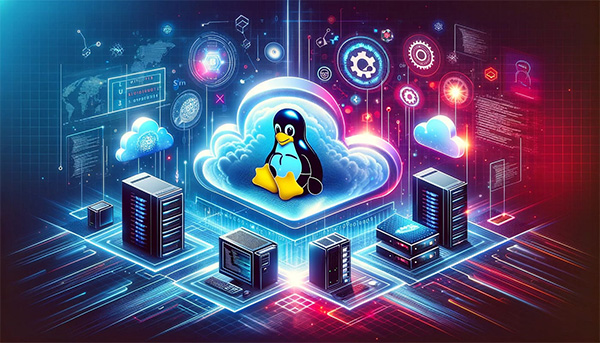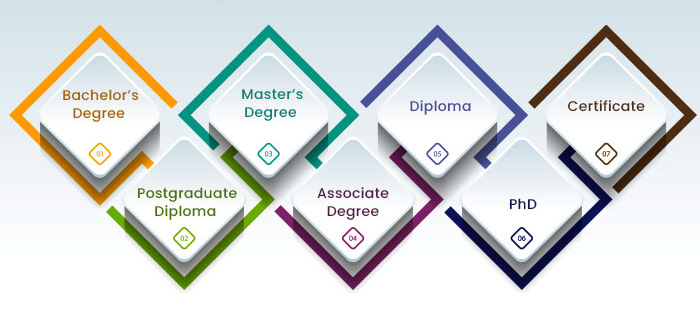- Nagpur
- info@datainterational.in
Getting started with Red Hat Enterprise Linux
Access the command line
Manage files from the command line
Get help in Red Hat Enterprise Linux
Create, view & edit text files
Manage local users & groups
Control access to files
Monitor & manage Linux processes
Control services & daemons
Configure & secure SSH
Analyze & store logs
Manage networking
Archive & transfer files
Install & update software
Access Linux file systems
Analyze servers & get support
Comprehensive review
Improving command line productivity using shell scripts
Schedule future tasks
Tune system performance
Manage SELinux security
Maintain basic storage
Manage storage stack
Access network-attached storage
Control the boot process
Manage network security
Install Red Hat Enterprise Linux
Run Containers
We guarantee you that this is the most comprehensive and up-to-date training that you can find to learn and master Linux, Windows/VMware Esxi, Cloud/DevOps from scratch.
Sure, other Linux sysadmin and other training courses and youtube videos can teach you the basics. But this course will ensure you actually retain what you're learning by giving you the chance to apply Linux in real-world scenarios with quizzes and challenges at the end of each section. You will also get hands-on experience by configuring a Linux Server from scratch in the cloud.

| Everything you need to become a professional Linux Sysadmin /Cloud Engineer /DevOps Engineer/ VMware ESXi Engineer/Windows Administrator and get hired |
| Master all of the key concepts and commands in Linux and others starting from scratch |
| Learn how to set up the Linux environment (installing RED HAT, Ubuntu, Alma Linux and CentOS on a virtual machine) |
| Build a complete understanding of Linux OS (Distribution Independent) as a complete beginner For each Linux key concept or command, you'll also get a cheat sheet, quiz, and practice exercises |
| Network Security & Cyber Security key concepts (Reconnaissance, Sniffing, Iptables Firewall and more) |
| Understanding of Linux File Permissions, Processes, User Account Management, Linux Networking or Software Management |
| Ability to actually apply a deep understanding of Linux on real-world projects |
| Acquire a solid foundation of Iptables Linux Firewall (Chains, Tables, Matches, Targets) |

It’s everywhere. From the smallest to the biggest companies like Amazon, Microsoft, SpaceX. They’re all using Linux on their backend.
This course isn't just for those that want to become Linux Sysadmins.
It's for any programmers that care about expanding their skillset and realize that at some point, they will have to work with Linux in their career.
This training is NOT like any other Linux Administration course you can take online.
... But the key difference is that by the end of this training, you will have the real-world practice and skills to get hired as an effective Linux System Engineer or Administrator.
Dada International trainees are now working at all top notch tech companies.
They are also working as top freelancers getting paid while working remotely around the world.
And they come from all different backgrounds, ages, and experiences. Many even started as complete beginners.
So there's no reason it can't be you too.
Most importantly, you will learn Linux & DevOps from an industry expert that has 15+ years of actual real-world experience working with Linux as a DevOps Engineer.
Do you want to learn a new valuable skill, get hired, get a promotion, or simply prepare for the future? Well, then this course is for you!

We focus on delivering training on various technological courses that are in-demand in today’s job market with assured job placement
What's the bottom line?
This course is not about making you just code along without understanding the principles so that when you are done with the course you don’t know what to do other than watch another tutorial... No!
This course will push you and challenge you to go from an absolute beginner in Linux and DevOps to someone that is a confident and effective Linux Sysadmin

| System Administrator : Linux, Windows, Redhat, RHEL, Centos, Ubuntu |
| Server Virtualization : VMware ESXi, Xen, Oracle Virtual box, |
| Cloud Computing i.e. Amazon Aws |
| Devops Technologies : Docker, Kubernetes, Git, Jenking, Ansible |
| Data Center Operation |
| Disaster Recovery |
| Net backup i.e. Veritas, Veem |
| Database i.e. MySQL/Maria DB/Oracle |
| Network Administration |
| NetApp (NAS) |
| Shell/Perl Scripting |
| Remote administration |
| ITIL |
| Cyber security |